Molteni Museum opens in Ron Gilad’s glass cube
Ron Gilad brings fresh perspective to the Molteni Museum’s Glass Cube in Giussano. Former Wallpaper* Milan editor and current Triennale Design Museum director Marco Sammicheli spoke to Ron Gilad and Giulia Molteni for our Summer 2020 issue to find out about the museum’s plans

The factory and the museum have become symbols of our age. They represent work and culture respectively, two apparently distinct fields of life. Today, though, this distinction is less clear-cut. Factories tell their stories through museums, explaining to the world how work itself produces culture and how culture affects industry. The Molteni Group is well aware of this relationship and invited Ron Gilad to rethink its museum at its HQ in Giussano, north of Milan, an exhibition space with a short but storied history.
Molteni Museum by Ron Gilad in Giussano

The original museum, designed by Jasper Morrison in a renovated factory building, was opened in 2015, bringing together 48 key Molteni Group designs. A year earlier, the company had opened the Glass Cube, a 400 sq m space designed by Gilad for temporary exhibitions. More recently, Morrison’s display was removed to make way for extra showroom space and Gilad was charged with repurposing his transparent pavilion, in the lush green of the company park, to provide a setting for the group’s permanent collection of historic furniture as well as for temporary exhibitions.
The new museum is divided by angular walls that create a series of distinct spaces. Historic photographs and documents are presented on a system of wooden boards. What was an open courtyard at the heart of the building has been covered to create a central gallery, now with a large skylight and perfect for hanging two-dimensional pieces, whereas the spaces that make up the rest of the pavilion are much more agile and able to feature objects and large items of furniture.
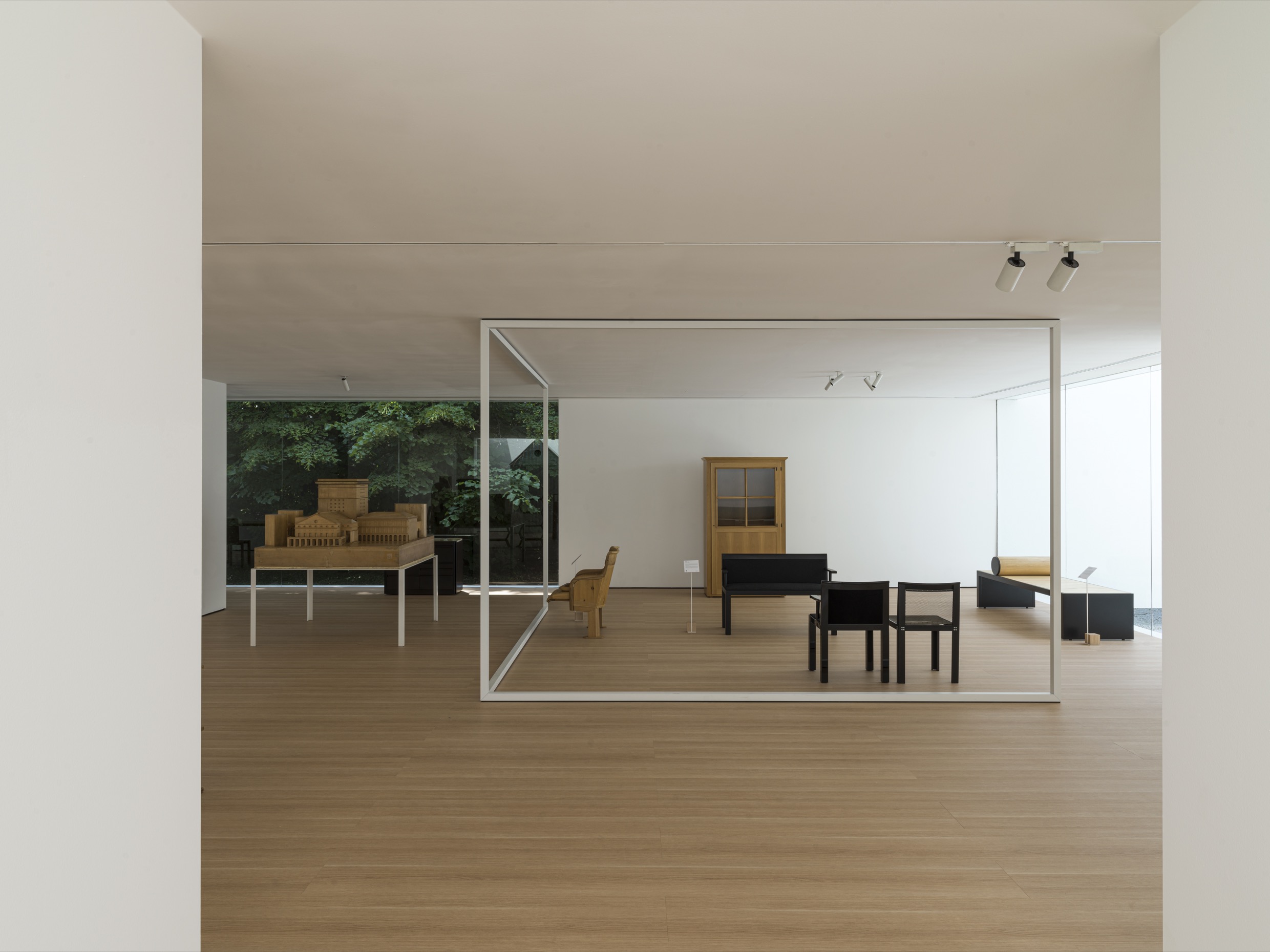
The series of right angles that make up the new layout give an idea of perspective from the outside and create movement. The perimeter of the perfectly square building is almost entirely transparent except for the solid walls that serve as the two external sides of a new enclosed courtyard positioned in one corner. What was space for electrics and services has now been opened up with internal glass walls apparently floating on the white gravel.
This part of the museum features designs by Gio Ponti, and Afra and Tobia Scarpa, and Aldo Rossi’s theatre seats designed in collaboration with Luca Meda. Another section explores the technological innovations that have resulted from collaborations with the likes of Norman Foster, Jean Nouvel, Rodolfo Dordoni and Vincent Van Duysen.
As with any good contemporary museum, physical artefacts are given digital context. Molteni has produced documentaries and digital animations that chart the company’s history; these are screened within the new museum and available online.
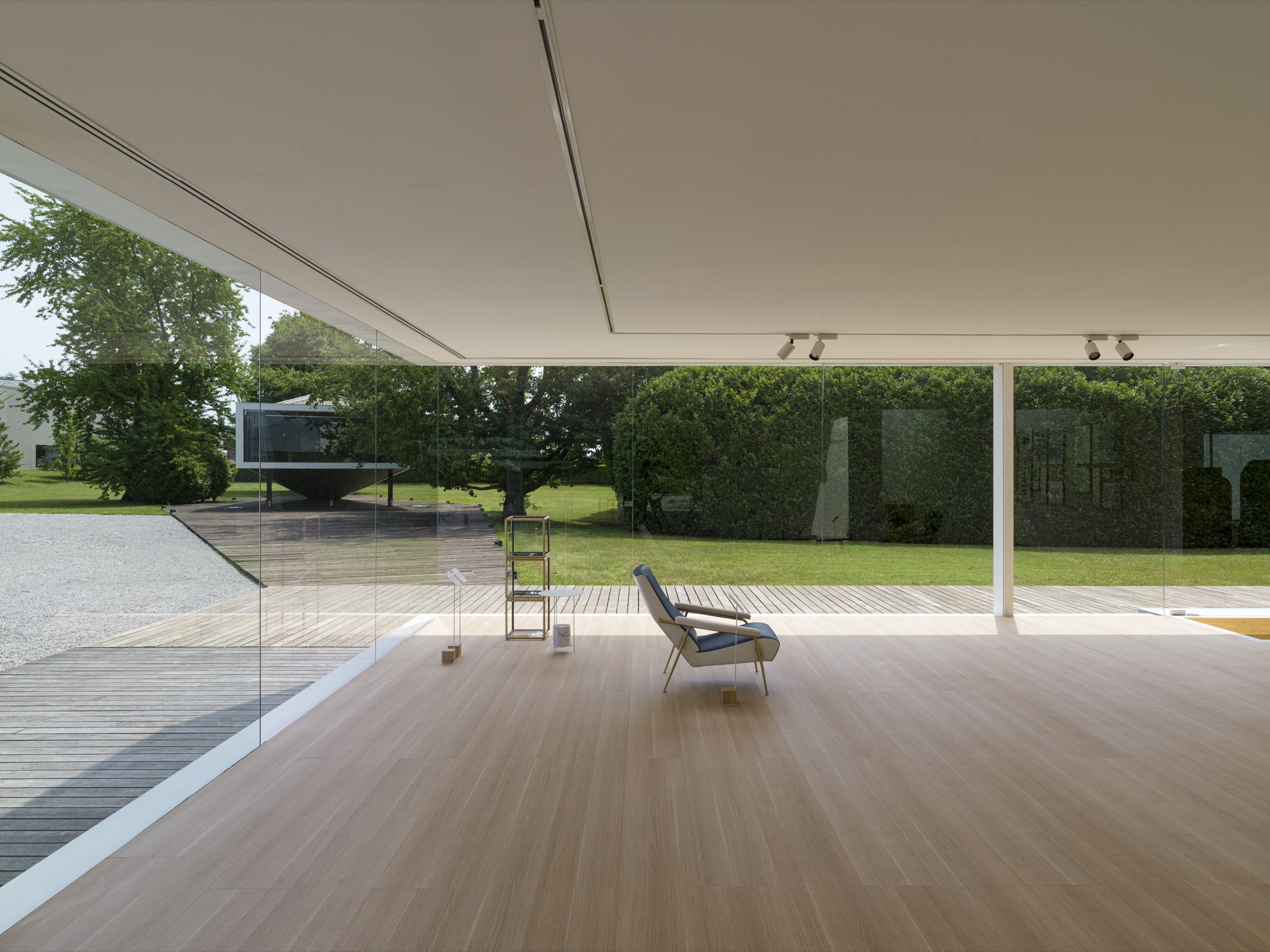
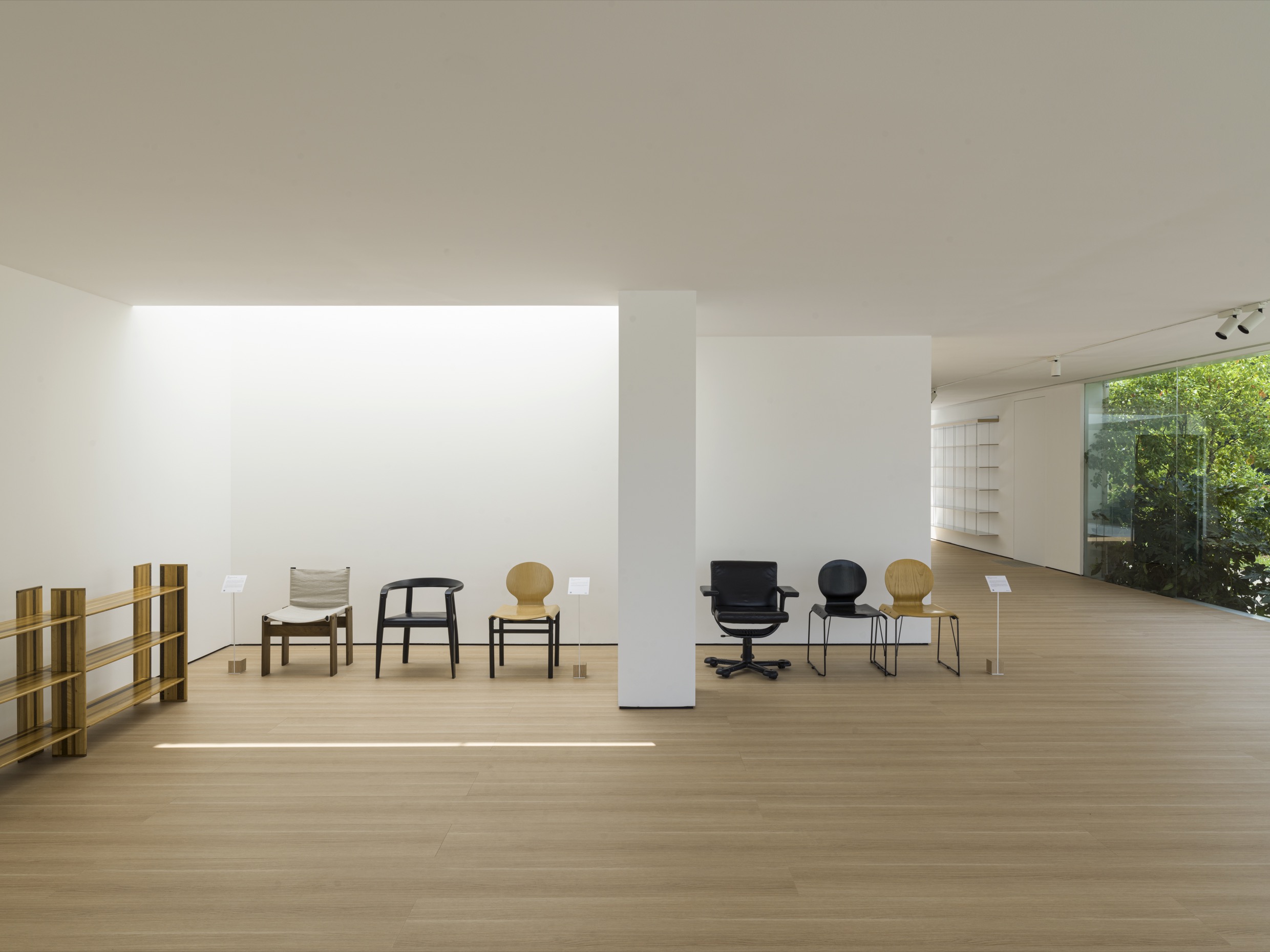
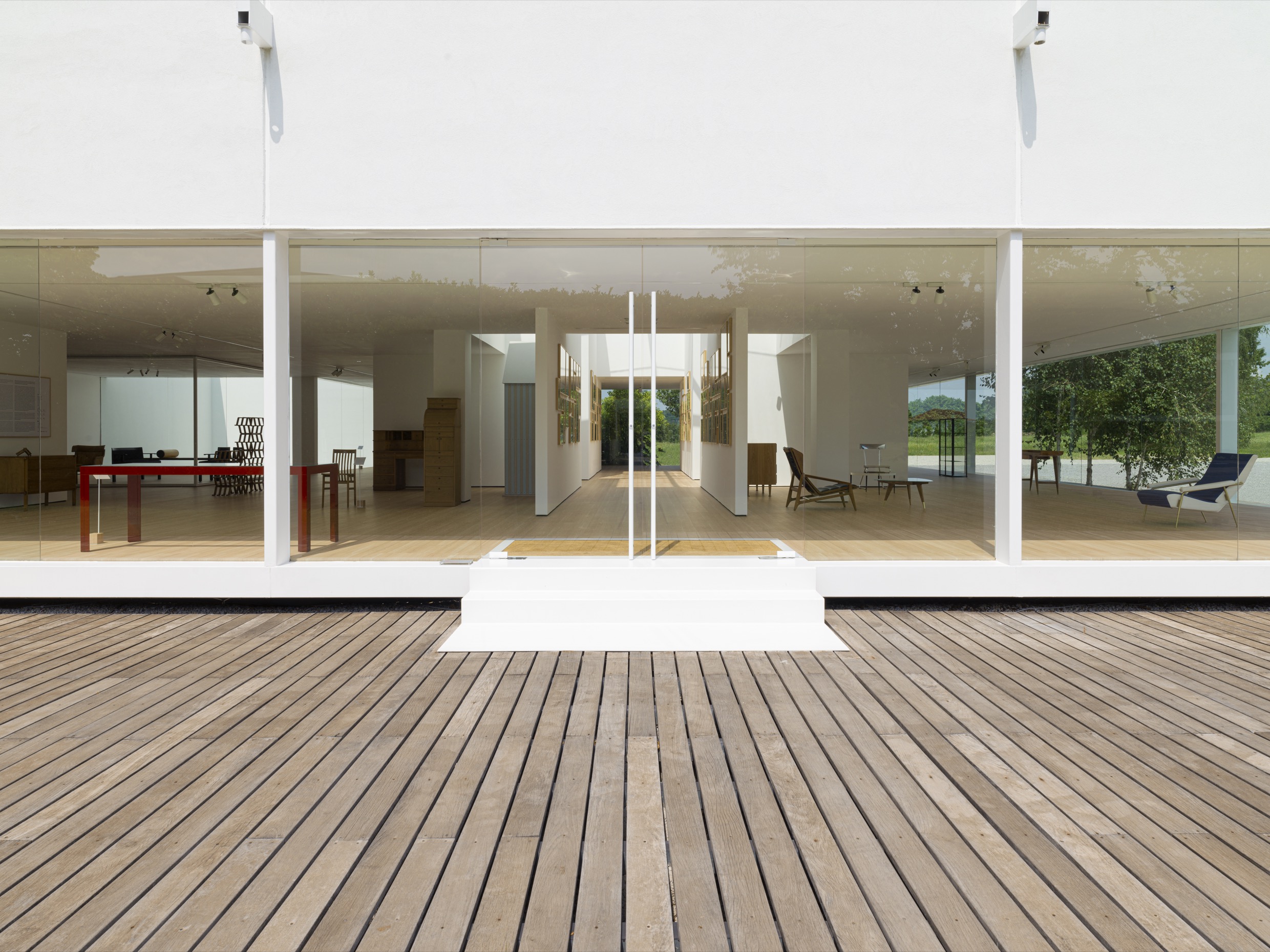
INFORMATION
Receive our daily digest of inspiration, escapism and design stories from around the world direct to your inbox.
ADDRESS
Molteni Museum
via Gioacchino Rossini 50
Giussano
-
 Own an early John Lautner, perched in LA’s Echo Park hills
Own an early John Lautner, perched in LA’s Echo Park hillsThe restored and updated Jules Salkin Residence by John Lautner is a unique piece of Californian design heritage, an early private house by the Frank Lloyd Wright acolyte that points to his future iconic status
-
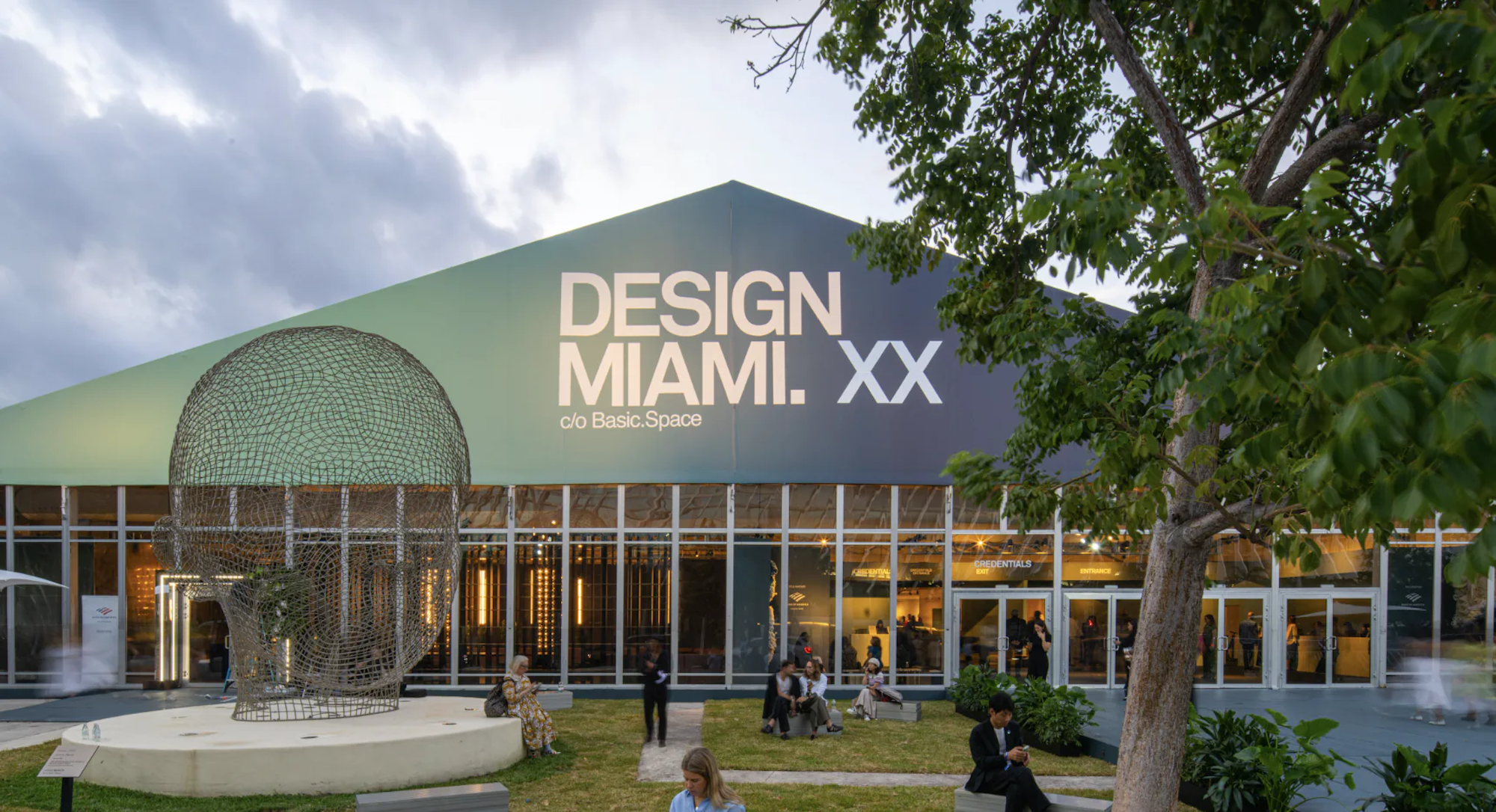 20 things that positively delighted us in and around Design Miami this year
20 things that positively delighted us in and around Design Miami this yearFrom covetable 20th-century masterpieces to a tower made from ceramic pickles, these were the works that stood out amid the blur of Art Week
-
 Montcalm Mayfair opens a new chapter for a once-overlooked London hotel
Montcalm Mayfair opens a new chapter for a once-overlooked London hotelA thoughtful reinvention brings craftsmanship, character and an unexpected sense of warmth to a London hotel that was never previously on the radar
-
 Gio Ponti’s pint-sized creations are ready for your tabletop
Gio Ponti’s pint-sized creations are ready for your tabletopMolteni&C presents a new collection of Gio Ponti objects, embodying the designer's sense of humour and boundless creativity
-
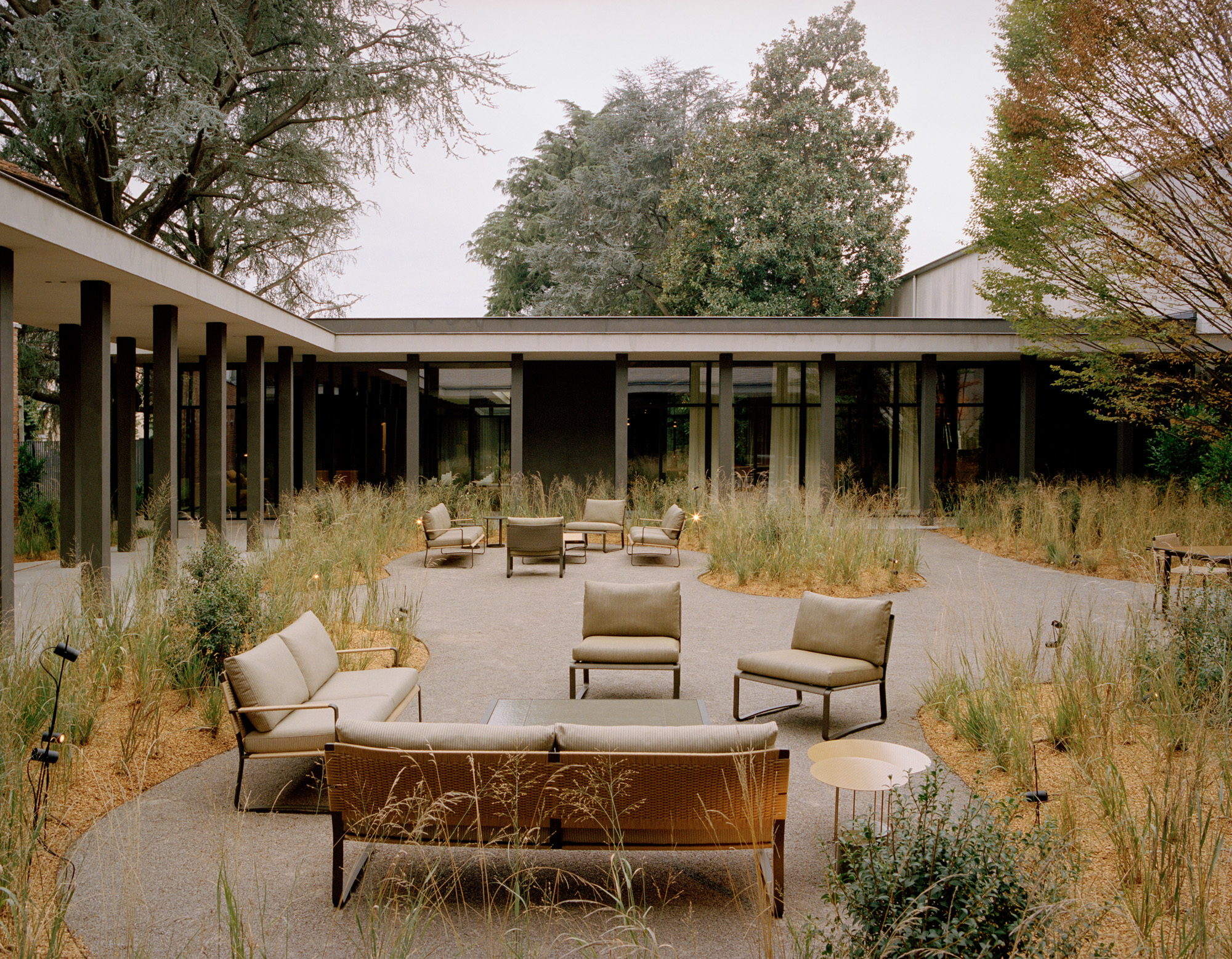 Vincent Van Duysen ‘inspired by modernism’ for Molteni & C’s outdoor furniture debut
Vincent Van Duysen ‘inspired by modernism’ for Molteni & C’s outdoor furniture debutMolteni & C goes alfresco with two new collections and reissued classics, bringing its signature elegance to the great outdoors
-
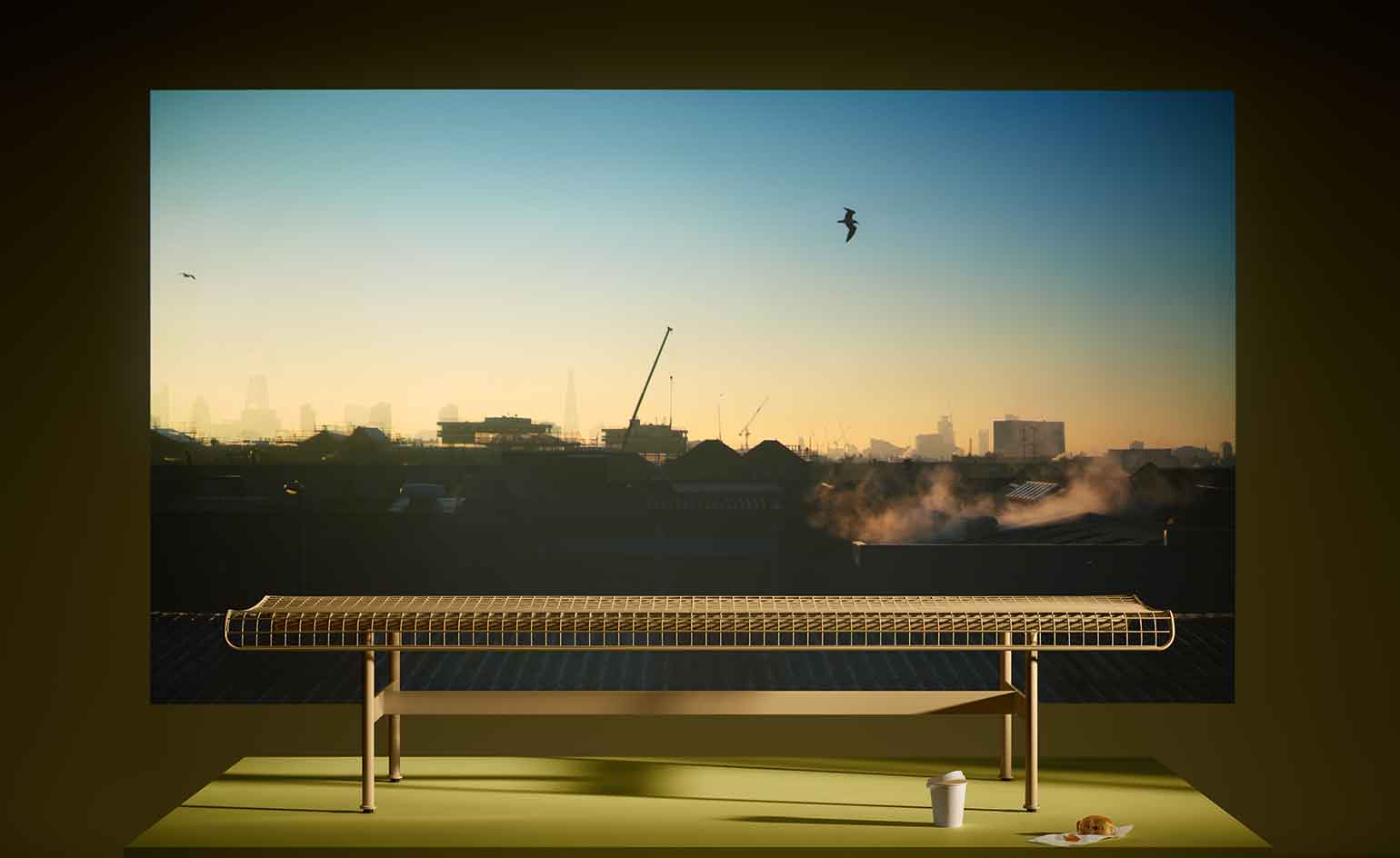 Munch Museum’s furniture is inspired by the artist’s colours
Munch Museum’s furniture is inspired by the artist’s coloursSustainability-focused Norwegian furniture company Vestre has created furniture designed by Andreas Engesvik and Jonas Stokke for the new Munch Museum in Oslo
-
 New V&A gallery explores contemporary history through design
New V&A gallery explores contemporary history through design‘Design: 1900 – Now’, a permanent gallery at the V&A in London, opens with a thematic display charting the 20th and 21st centuries’ most relevant social movements. We talk to curators Corinna Gardner and Johanna Agerman Ross to discover highlights from the collection
-
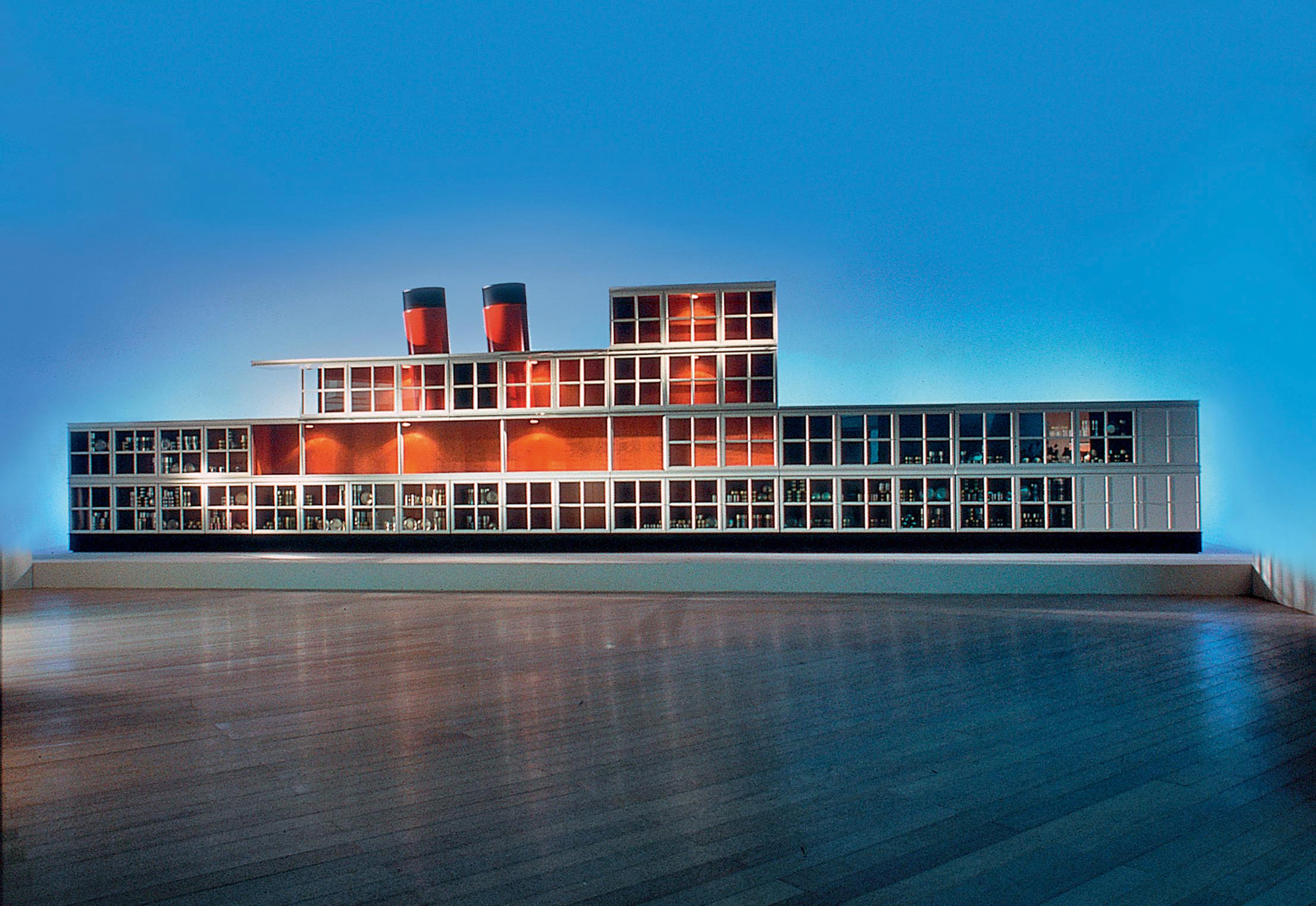 Aldo Rossi’s work and legacy celebrated
Aldo Rossi’s work and legacy celebratedWhile Molteni & C celebrates the furniture design of Aldo Rossi, MAXXI Museum pays tribute to the postmodernist architect through a series of sketches, photographs and models, on show in Rome until 17 October 2021
-
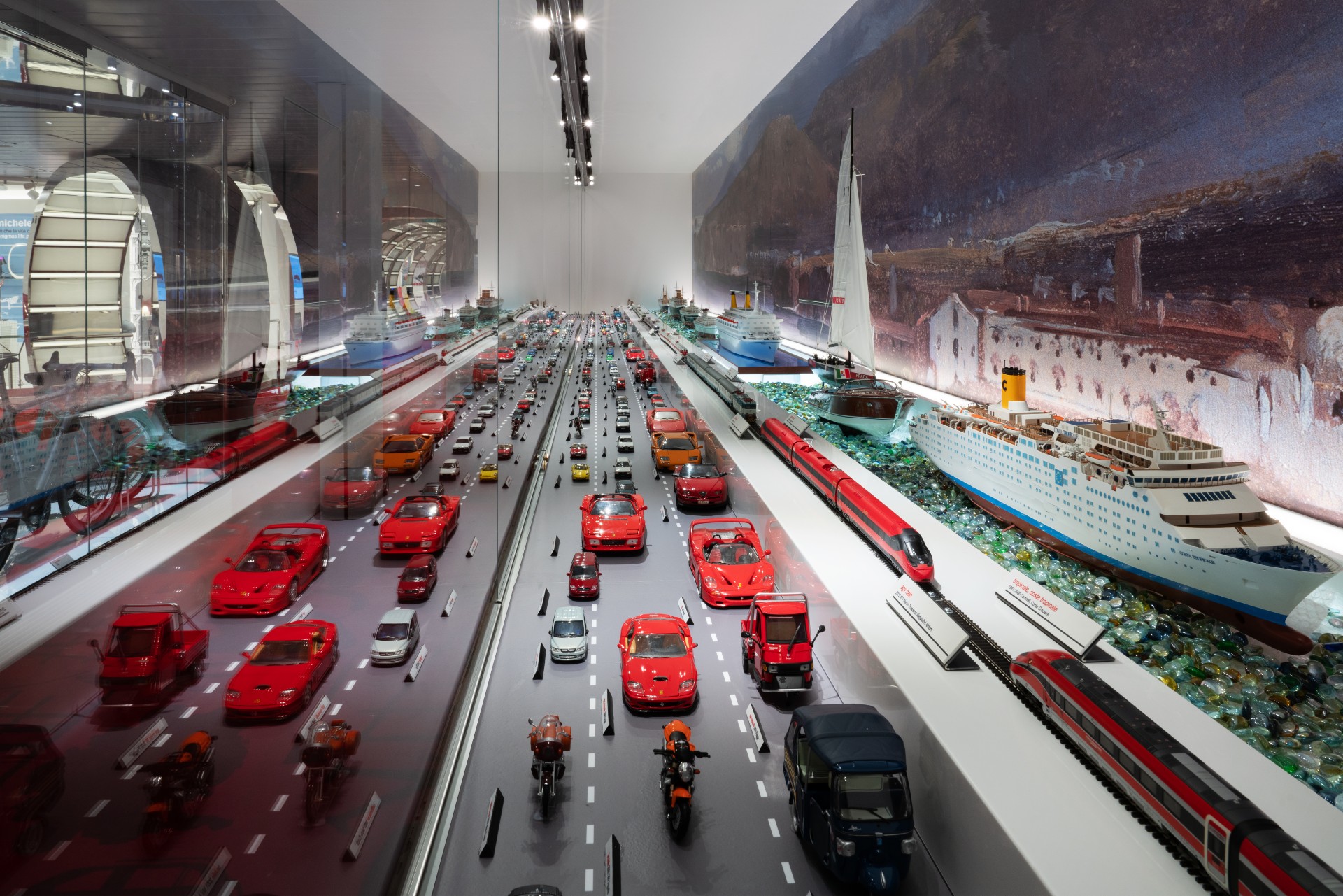 All aboard! Immersive design museum on a cruise ship celebrates Italian icons
All aboard! Immersive design museum on a cruise ship celebrates Italian iconsThe mobile museum is housed inside one of Italian company Costa Smeralda's cruiseship, featuring a selection of design icons and a futuristic set by Tihany Design
-
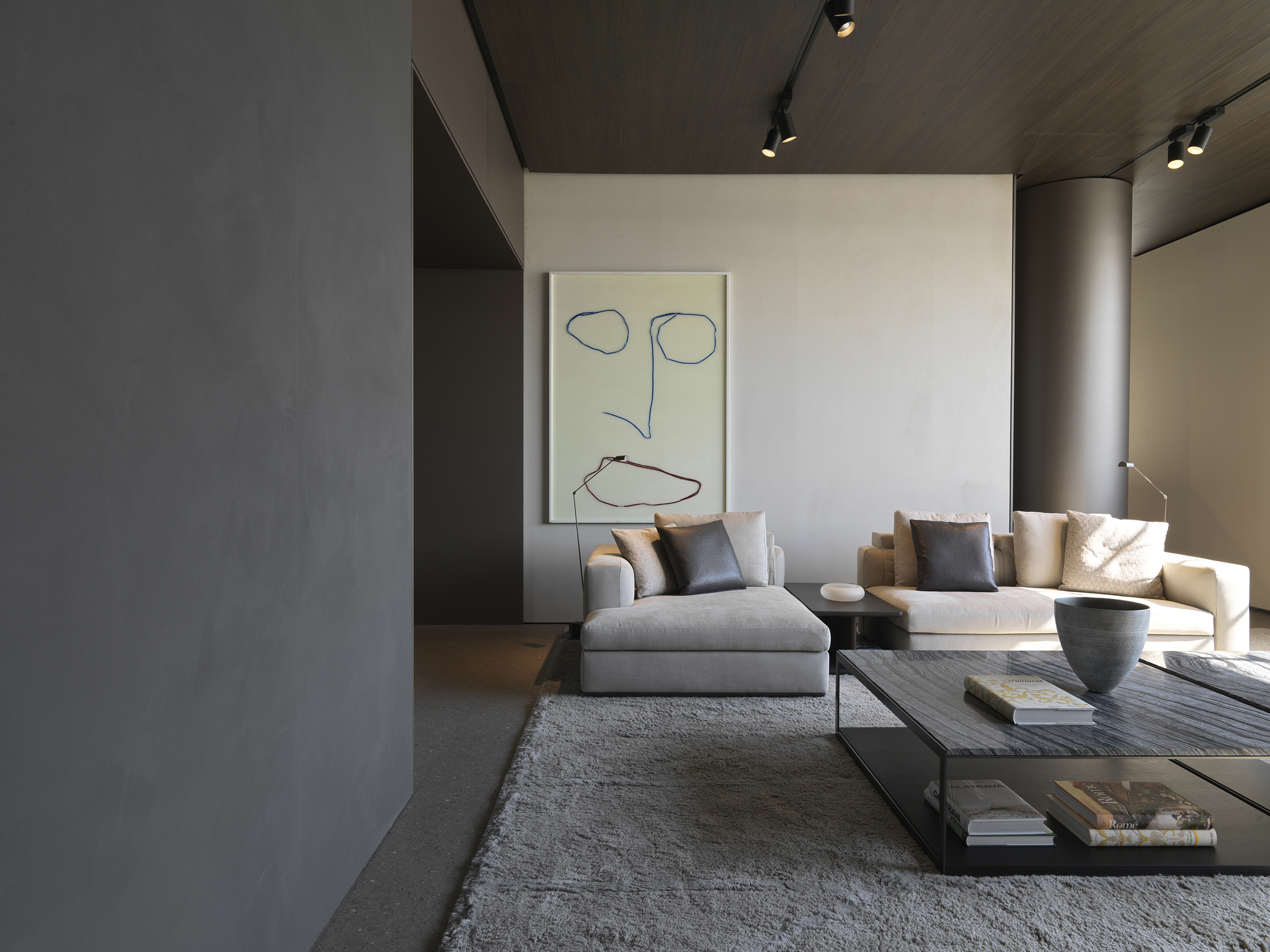 Take a virtual tour of Vincent Van Duysen's new showroom for Molteni&C
Take a virtual tour of Vincent Van Duysen's new showroom for Molteni&CMolteni&C unveils a new look for its Giussano showroom, available through a virtual portal that lets visitors experience the space and collections
-
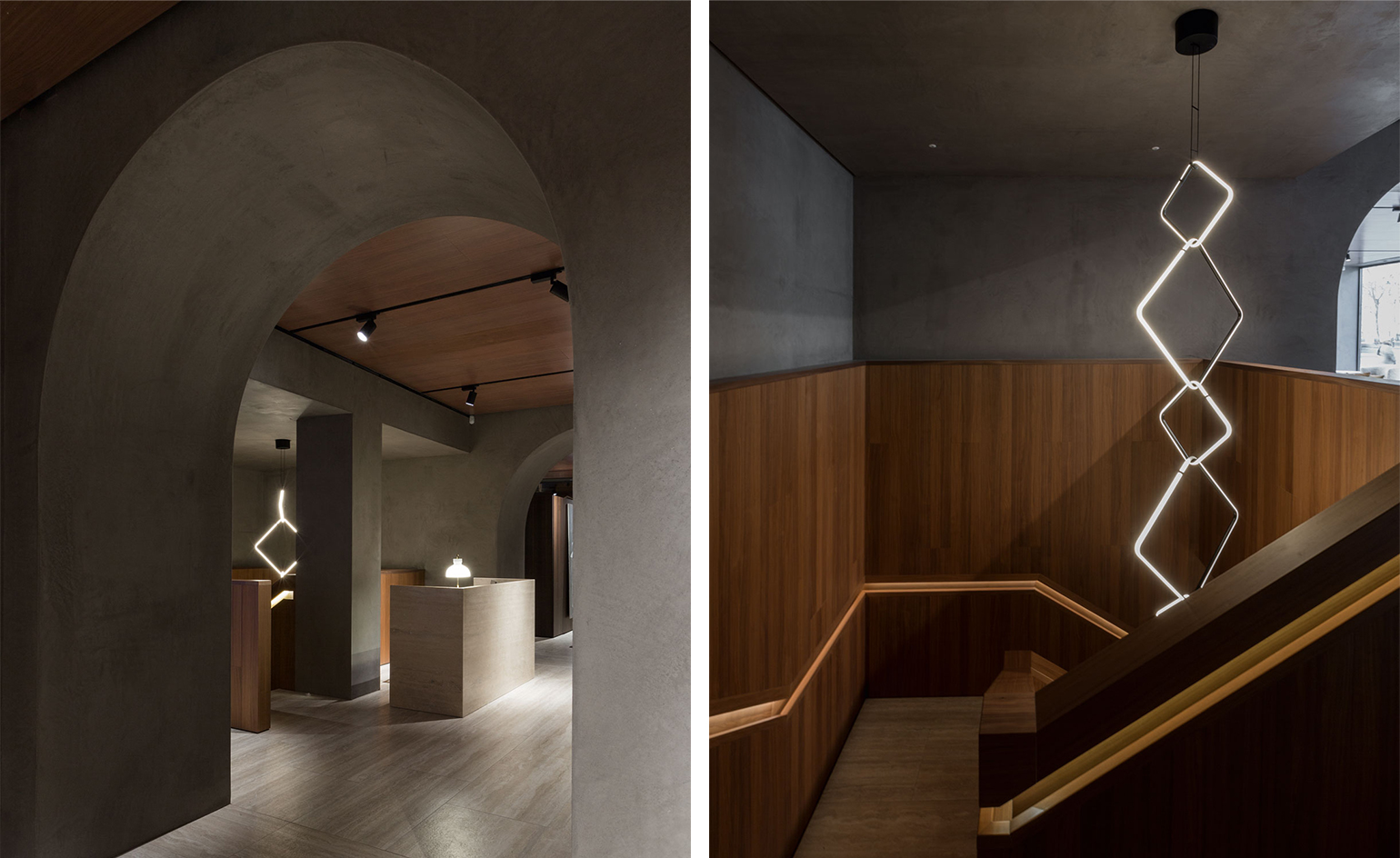 Vincent Van Duysen brings Milanese elegance to Molteni&C|Dada’s new London flagship
Vincent Van Duysen brings Milanese elegance to Molteni&C|Dada’s new London flagship